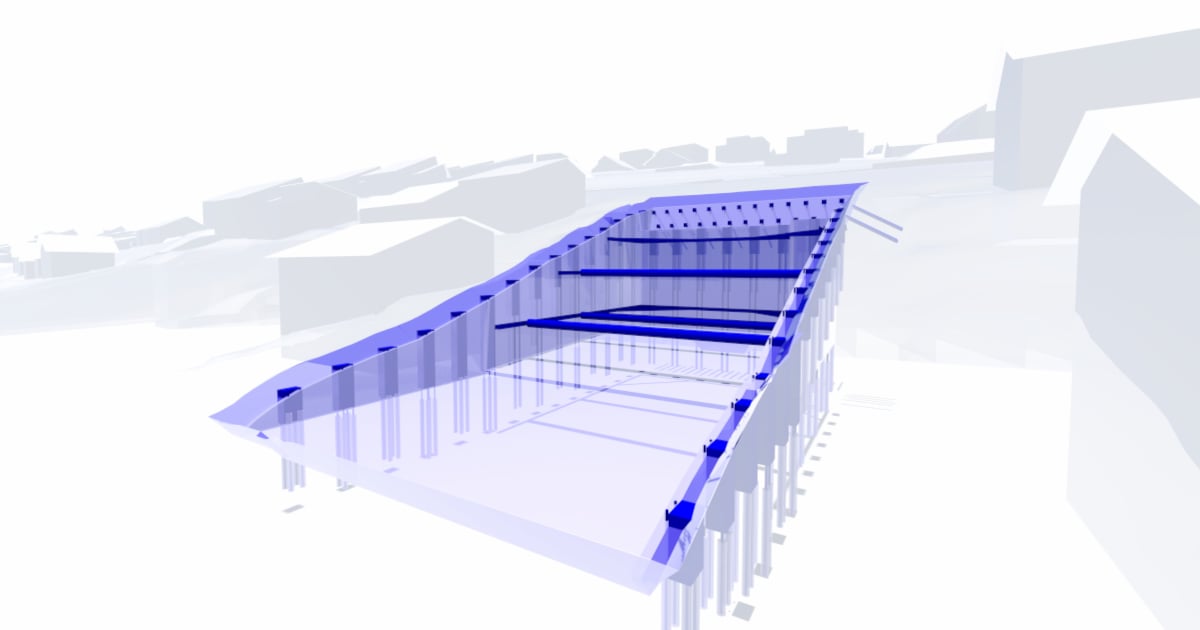Researchers at MIT are transforming concrete into a supercapacitor, turning the building material into an electricity storage unit. This has many advantages, but is not without its problems.
The current accumulation of extreme weather events worldwide clearly shows that climate change is not just in the distant future, but is already a reality. To prevent these currently isolated natural disasters from making entire regions uninhabitable, there is an urgent need for an energy transition from fossil fuels to renewable energies. However, the sun does not always shine and the wind does not always blow, while on other days there is a surplus. Therefore, temporary storage is essential for a stable electricity grid. With this goal in mind, researchers at the Massachusetts Institute of Technology (MIT) have now developed a concrete that stores electricity. This means that buildings and infrastructure could be used as giant batteries.
At the heart of the invention is simple static electricity. Researchers led by Franz-Josef Ulm and Admir Masic have succeeded in producing a capacitor from a mixture of Portland cement, carbon black, and water. This offers certain advantages over normal rechargeable batteries. For example, it does not require any rare metals, such as those needed for the production of conventional lithium-ion batteries. In addition, a capacitor can be charged within a few seconds.
Soot instead of electrical cables for electricity storage concrete
MIT concrete does not require any electrical cables to store electricity. Instead, the carbon black serves as a conductor. For this purpose, it is added to the still liquid concrete, where it spreads out by itself in branched nanostructures during hardening, forming a conductive soot network, so to speak. The actual capacitor ultimately consists of two plates of this special concrete, which are separated from each other by a membrane.
Unlike normal capacitors, the latter is not just an insulating layer, but is partially permeable. This increases the storage capacity up to a hundredfold – making it a supercapacitor. According to Franz-Josef Ulm, a block with an edge length of 3.5 meters could store ten kilowatt hours, which roughly corresponds to the daily requirement of a family. The engineer envisions houses in which solar cells and electricity storage units are integrated directly into the façade.
Positive, but not unproblematic
According to the researchers, use on roads is also conceivable. Electric vehicles could theoretically even be charged while driving. All of this sounds very positive at first. However, the new technology is not without its problems. The layered structure leads to a reduced load-bearing capacity, which may require wider walls and therefore more material. In addition, even accidentally drilling into the concrete could cause a short circuit. And last but not least, concrete remains a difficult building material in general due to its energy-intensive production and the extraction of finite resources. It should therefore be carefully considered where and how the innovative electricity storing concrete can best be used in the future.







